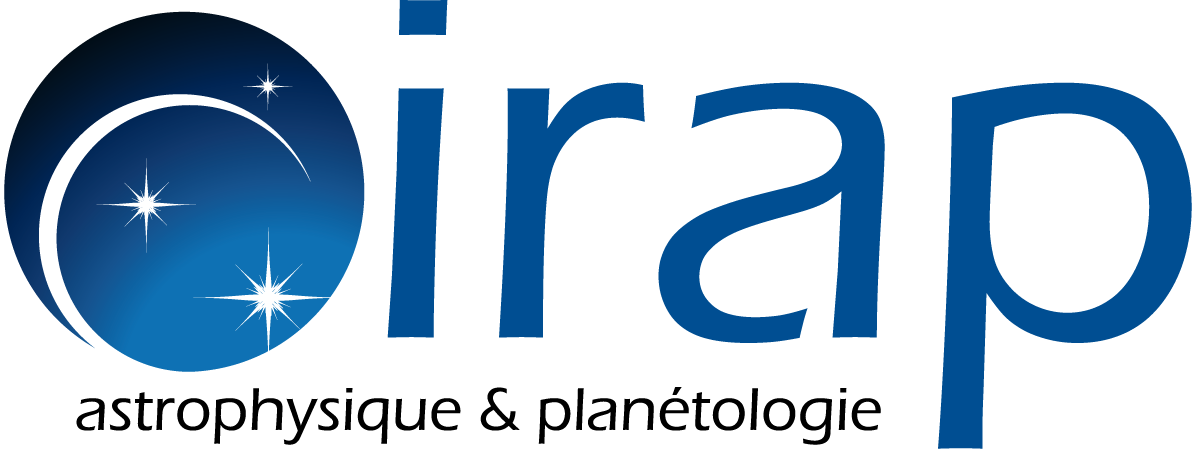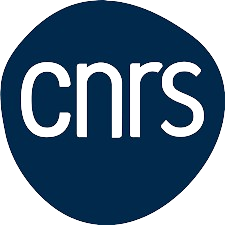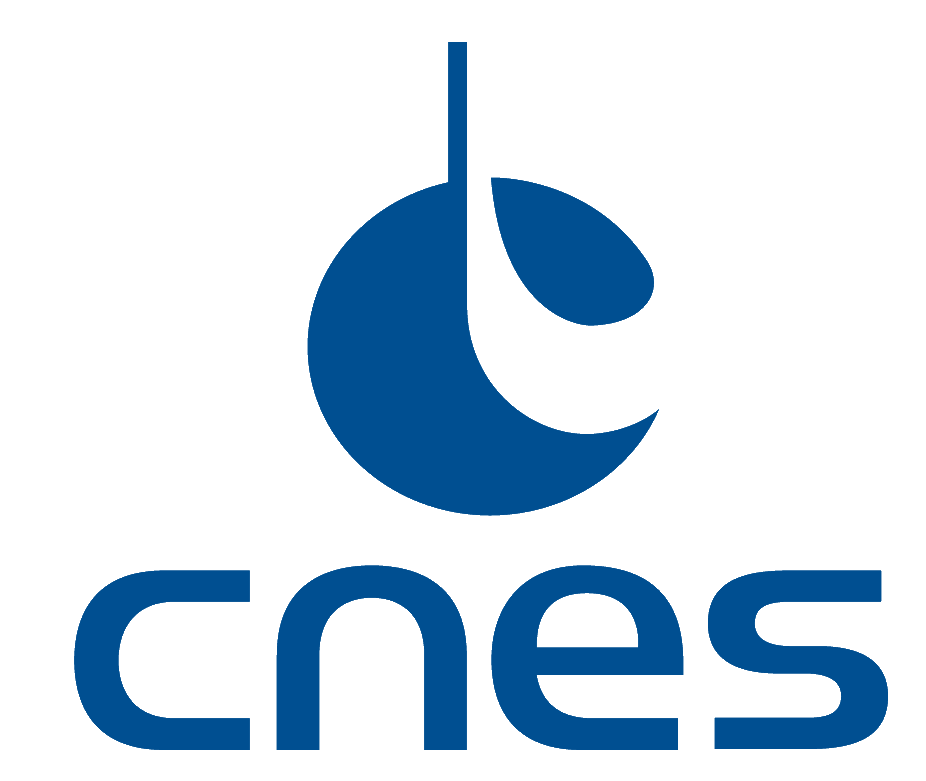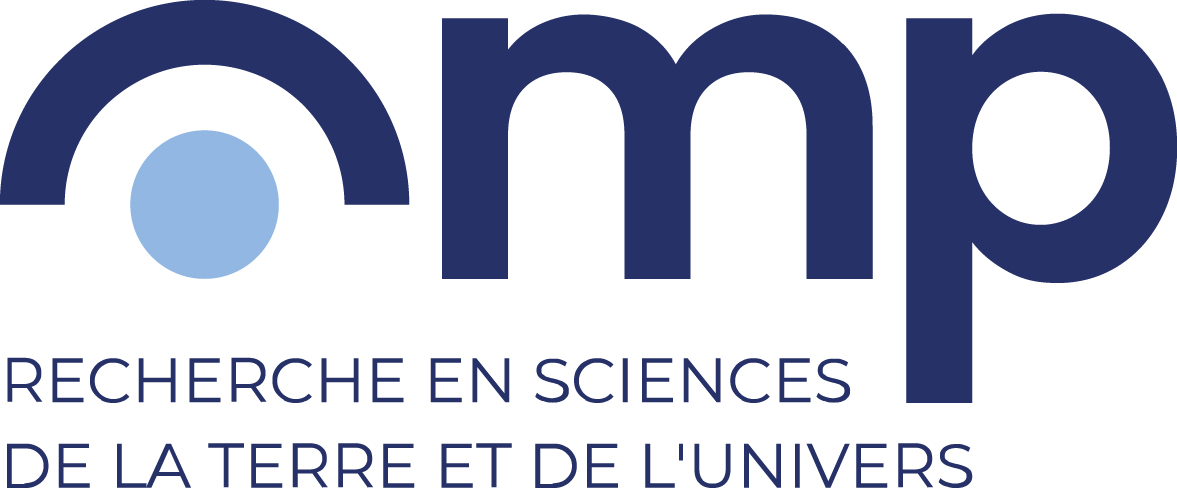The TAROT telescopes in the GRANDMA network to characterize the sources of gravitational waves
A new era of physics opened in 2015 with the detection of gravitational waves generated by the merging of black holes or neutron stars. The 2019-2020 gravitational wave detection campaign was led by LIGO / Virgo interferometers that discovered 56 new potential sources (already GW190814, GW190412 and GW190425). Operated by IRAP researchers, the TAROT optical telescopes searched for an optical counterpart for 47 of the 56 GW candidates in order to refine their characterization. The TAROT telescopes were used within the framework of the GRANDMA network which made it possible to coordinate the strategy of observations on a global level including a citizen science program. Analysis of the images did not show any optical source associated with the gravitational wave sources. However, the limits reached by optical observations bring constraints to the mass ejected during and after the collision. IRAP will participate in monitoring the next gravitational wave detection campaign scheduled for 2022.
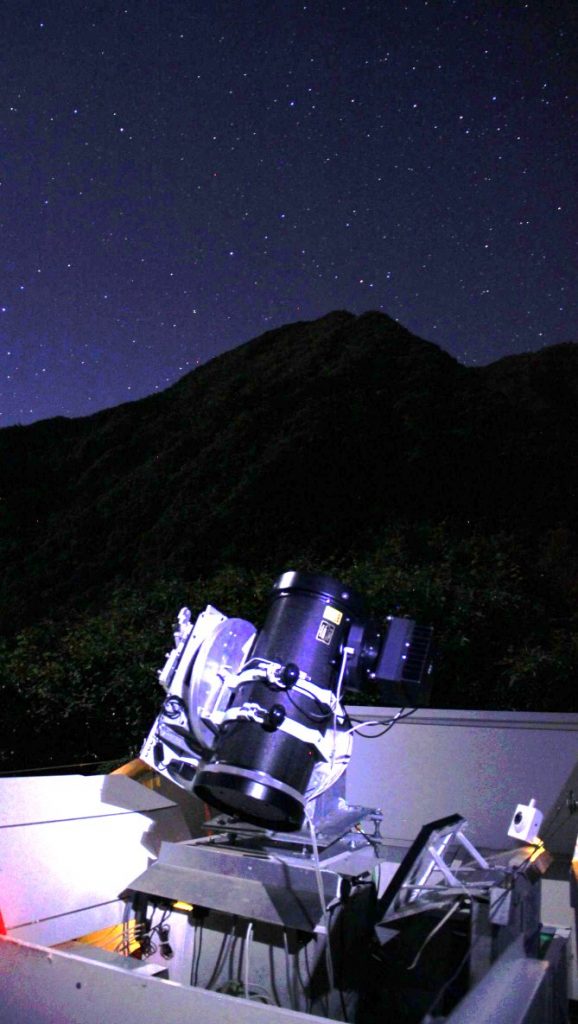
Further Resources
- Scientific publication :GRANDMA Observations of Advanced LIGO’s and Advanced Virgo’s Third Observational Campaign
- GRANDMA collaboration: https://grandma.lal.in2p3.fr/
- Citizen science program: https://grandma-kilonovacatcher.lal.in2p3.fr/
IRAP Contacts
- Alain Klotz, aklotz@irap.omp.eu
- Kanthanakorn Noysena, knoysena@irap.omp.eu
